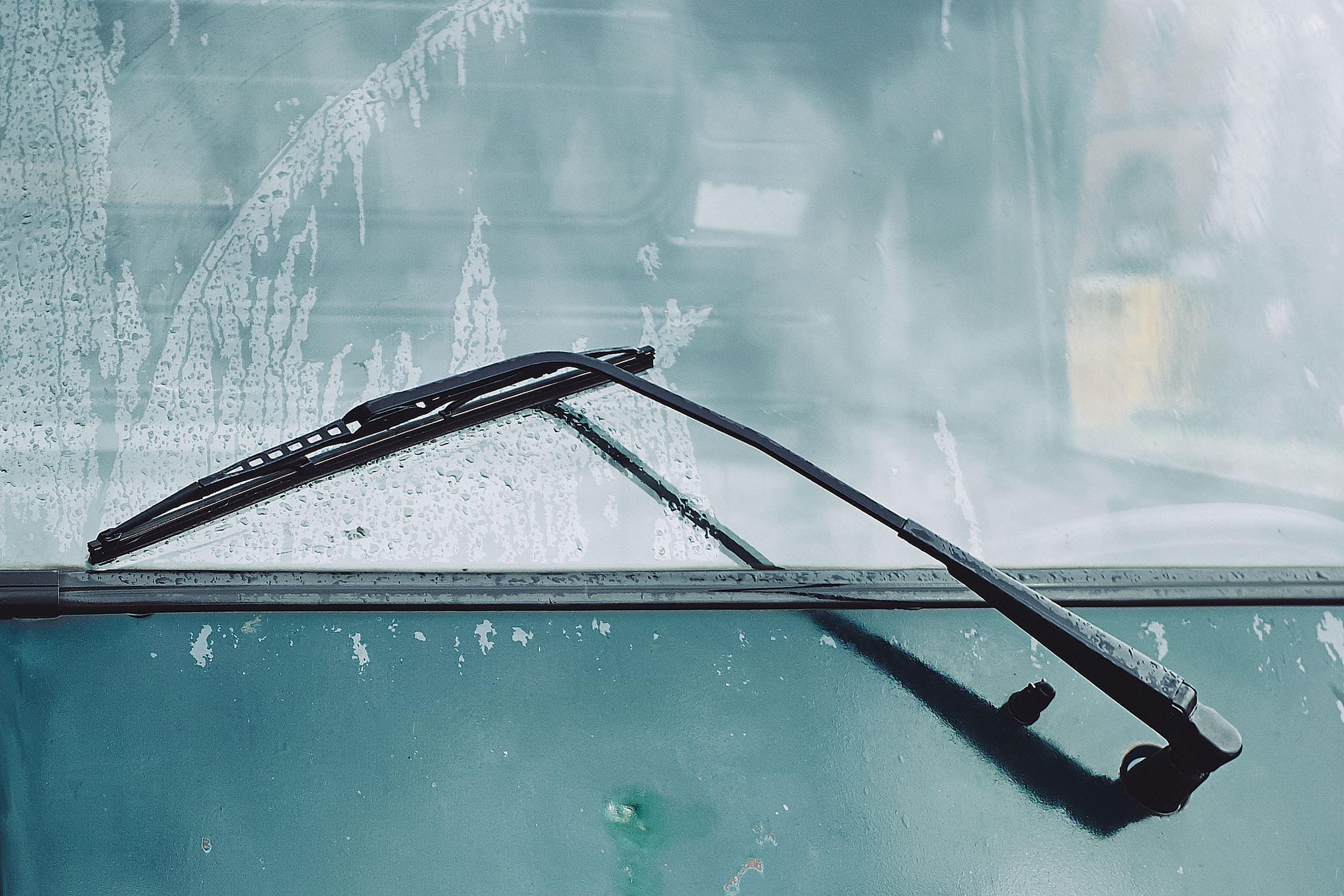HOW OFTEN TO CHANGE WIPER BLADES
Visibility on the road is so important that the majority of provincial traffic departments require that motorists pass basic vision tests before renewing their licenses. However, having 20/20 eyesight doesn’t automatically mean you’ve got a clear view of the road ahead! With the rainy season in Johannesburg continuing through April, with intermittent mild showers occurring throughout the season; it's best to check your wiper blades to ensure you don't end up in a foggy situation. With time and use, your wiper blades can wear out and cause more harm than good. Learn how often to change your wiper blades and how to tell if they need to be replaced.
WHEN SHOULD YOU REPLACE YOUR WIPER BLADES?
It is advisable to replace your wiper blades every six to twelve months. Windshield wipers are made from rubber which is degradable and becomes less effective over time. Everyday use, wear and tear, UV rays, and even the type of washer fluid you mix in with your water can cause your wipers blades to deteriorate. They can become brittle, crack and even tear. But depending on where you are situated and how often you move around with your car, you may need to replace them sooner. The number of windshield blade changes also varies depending on the type of blade on your car, with beam wiper blades generally outlasting conventional ones. You should get into the habit of checking your wipers regularly and know what signs to look out for as they begin to wear out. A great way to keep track of your wiper blade replacement intervals is to get them checked every time you get an oil change!
HOW DO YOU KNOW WHEN YOUR WIPER BLADES NEED REPLACING?
Decreased road visibility is the first sign that your wiper blades need to be replaced. However, there are many other, less-blurry red flags to watch out for:
1. ROUGHED-UP RUBBER
Wiper blades utilize a rubber "squeegee" to swipe water, snow, and ice out of your line of sight. Over time, this rubber part can become loose, worn, cracked, or stiff — resulting in a less efficient swipe. Visually inspect your wiper blades at least once a month, and get them replaced if you notice signs of wear such as cracks, tears, or rounded edges. Additionally, lift your wiper blades into “service position” (away from the windshield) and gently bend the rubber edges back and forth to make sure they are not splitting away from the frame. If you notice the rubber is detaching from the frame, get them replaced as soon as possible. Splitting rubber edges will always worsen over time, allowing the wipers’ metal components to scratch and damage the windshield.
2. CORRODED METAL
Though rust and corrosion of your windshield wipers’ arms and “joints” won’t immediately cause a decrease in visibility, it is a sign that their structural integrity is compromised! A corroded wiper blade frame is more likely to break off while you’re driving, leaving you blade-less or even causing an accident after hitting another vehicle or pedestrian. Check your wiper blade frames every few weeks, and bring them into Auto Restoration if you notice any rust or discoloration of their metal parts.
3. SCREECHY CHATTERING
Do your windshield wipers sound like nails on a chalkboard? If so, there might be more to your problem than meets the ear! Screeching or chattering wiper blades can be a sign that the wiper arms or frames are bent. When you suspect this might be the case, head to your local mechanic workshop — we’ll help you diagnose and silence the issue!
4. STREAKY CLEAN
Does your windshield look more streaky than squeaky clean? There are several reasons why this can happen, and you can find the culprit using the following steps.
Give your windshield a good old manual cleaning with some glass cleaner and a microfiber towel. Caked-up dirt, debris, and even car wax residue can prevent wiper blades from making even contact with the glass, resulting in a streaky clean. Check your wiper fluid levels. Pop the hood and find the wiper fluid reservoir (translucent tank with a windshield symbol), and check if the fluid levels reach the reservoir’s “full” mark. If the fluid levels don’t hit the mark or the reservoir is less than half full, get a wiper fluid top-off. Test the wiper blades! Activate your wiper blades to check if they leave streaks even after you’ve cleaned the windshield and topped off the wiper fluid. If so, your wiper blades may be too old or damaged to efficiently “press” against the windshield, resulting in a streaky clean that can only be fixed with new blades!

GET YOUR WIPER BLADES REPLACED TODAY!
Whether you’re annoyed by your screechy windshield wipers or concerned due to your wiper blade’s poor performance in the snow, our expert technicians are here to help. Visit your mechanic workshop for high-quality wiper blades. We’ll help you get the right type of blades at the right price for your budget.
